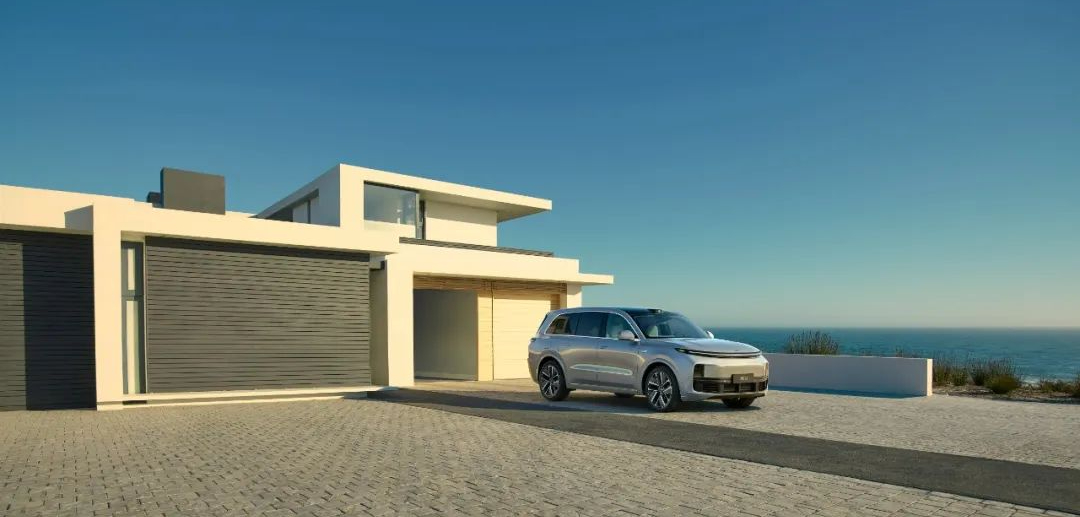Author: Zhao Yuepeng
Another production model equipped with lidar has been officially released.
On June 21st, Li Xiang’s “the best home flagship SUV under 5 million” – the Ideal L9 finally arrived.
Looking at the overall shape of the Ideal L9, the most eye-catching is the lidar installed on the roof.
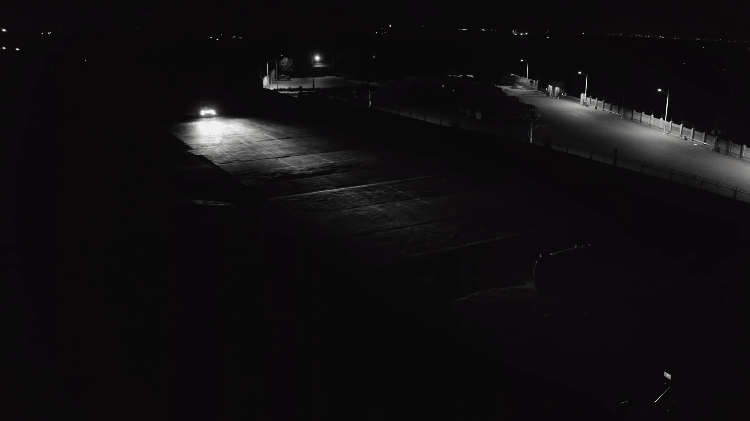
During the evening press conference, Li Xiang also released a video of the lidar performing high-speed limit testing in the dark. The Ideal L9, equipped with an AD Max automatic driving system, discovered an overturned car in front of it while driving, and stopped in time. However, this would have been an extremely high-risk scenario without a lidar. Similar incidents have occurred in the past using purely visual schemes.
Obviously, advanced automatic driving systems with lidar have become an important selling point for the flagship models of car manufacturers.
As of now, more than ten global automakers have confirmed that they will equip production models with lidar sensors, including:
- Foreign automakers: Mercedes-Benz, Audi, BMW, General Motors, Volvo, Honda, Lotus, Lucid Motors, etc.;
- New energy medium and high-end brands in domestic independent brands: Avita, IM, RisingAuto, ARCFOX, Salon Motors, GAC Aion, and BYD’s upcoming high-end brand, etc.;
- New forces in the auto industry: NIO, Ideal, XPeng, Nazha, Jidu, GAC WmAuto, etc.
Whether it is a new force in the domestic or foreign auto industry, or an old automaker, lidar is becoming the “core weapon” for mainstream automakers to achieve advanced automated driving.
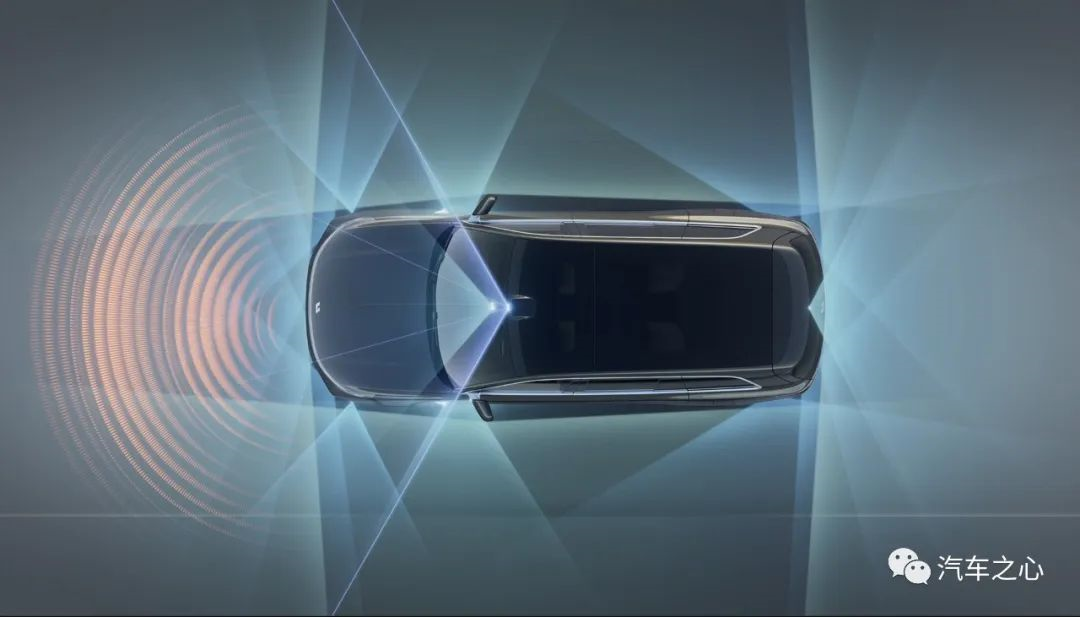
With the announcement of numerous production projects, it is the year of the lidar’s outbreak
Lidar, which was once referred to as “whoever uses it will be ruined” by Tesla CEO Elon Musk, is currently being pursued by domestic and foreign automakers.
Since 2021, more and more car manufacturers have begun to turn to “multi-sensor fusion” with lidar as the main sensor. The number of lidars installed in new models has increased from one to two, three, and even four. The installation position of lidar has also moved from the roof and front bumper to the fender and front hood.
This phenomenon has even sparked debates among car company CEOs on “the number and installation position of lidars” on social media.
According to incomplete statistics, there are currently more than 24 production passenger cars that have publicly announced plans to be equipped with lidar sensors. The sales of cars equipped with lidars in 2022 are expected to reach 200,000.# High-end Cars to be Equipped with LiDAR in 2021 and LiDAR Mass Production to Enter Intensive Car-Making Stage Between 2022-2025
Industry insiders predict that 2021 will be the first year for a select number of high-end car models to be equipped with LiDAR. Between 2022-2025, mass production of LiDAR will enter an intensive car-making stage.
The arms race of auto companies in the field of autonomous driving has also activated the market for LiDAR, creating new opportunities for local Chinese LiDAR enterprises.
It can be said that we are in the best era for the development of LiDAR.
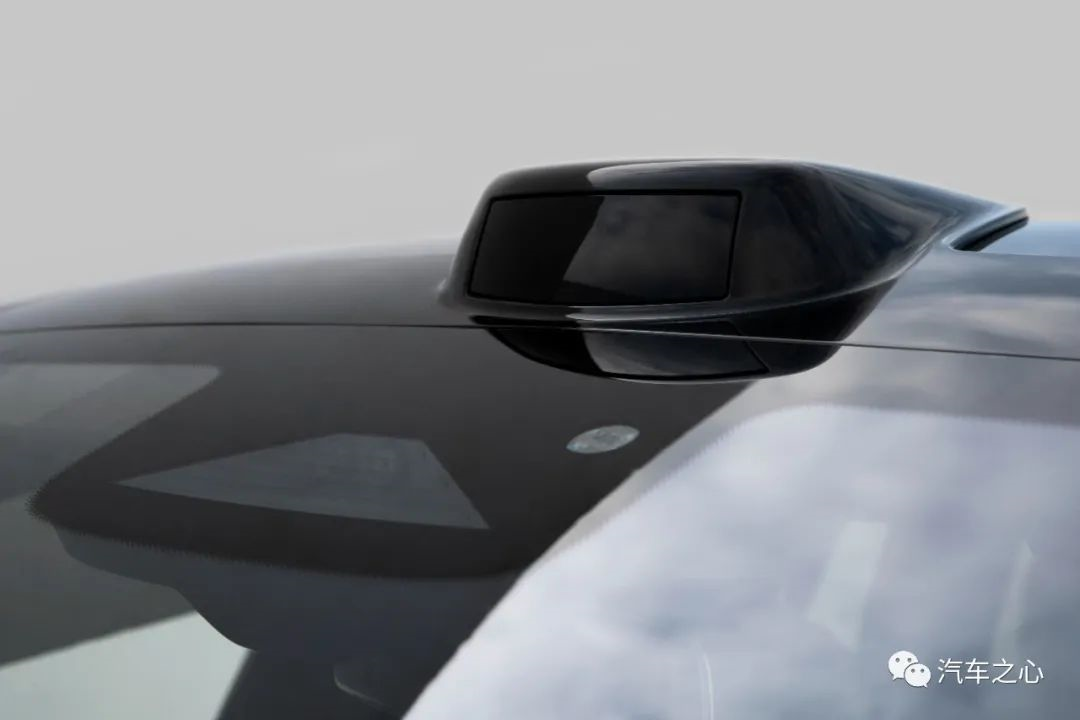
Hesai Technology has secured mass production orders for models including the Lotus Eletre, Ideal L9, GAC Aion LX Plus and Jidu Robo-01 by using its AT128 LiDAR sensor.
Suteng Juchuang has secured mass production orders for models such as the Lucid Air, NIO ET5/7, and XPeng Motors G9.
Tuda Technologies, on the other hand, has partnered with NIO to co-develop LiDAR for the NIO eT7, eT5, ES7, and other NT2.0 platform models.
For automotive companies, equipping LiDAR can improve the vehicle’s autonomous driving abilities to some extent, attract more consumers’ attention, and even become a major selling point.
Previously, Li Xiang posted on Weibo that the Ideal L9 can achieve monthly deliveries of over 10,000 units by September of this year. After the launch event, he also added that the monthly sales of the Ideal L9 may even exceed the Ideal ONE.
Overall, the LiDAR-equipped Ideal L9 may create positive momentum for LiDAR and will leave a lot of room for the rest of the industry to imagine.
As autonomous driving gradually advances from ADAS/ADS to true self-driving, more and more automotive companies are beginning to form a consensus – that equipping LiDAR can significantly increase the safety redundancy of the autonomous driving system.
Main Focus on Safety and Intelligence: LiDAR Will Play an Important Role in High-end Autonomous Driving
Safe autonomous driving requires reliable perception.
For smart vehicles equipped with high-end autonomous driving systems, LiDAR mainly provides the ability for high-precision three-dimensional perception.
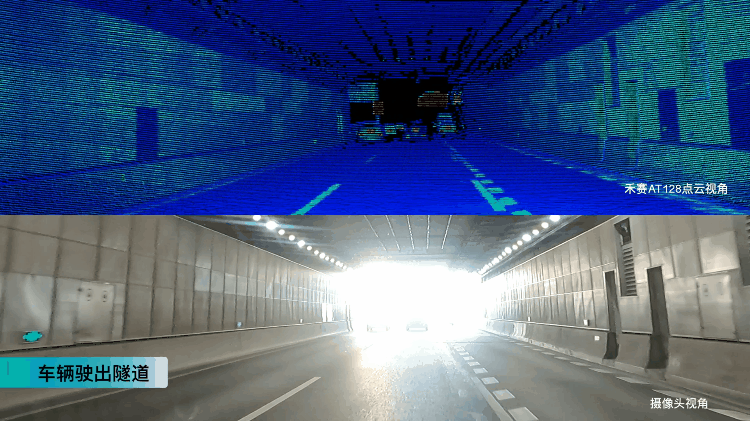
In traffic congestion, complex roads, environmental interference or even driving fatigue, drivers find it difficult to make accurate judgements in a timely manner. LiDAR can help vehicles make decisions in advance and initiate safe braking. Additionally, in complex scenarios such as detecting small distant objects, detecting near-field mergers, tunnels, identifying glare, low light, and irregular objects, LiDAR has advantages that other sensors simply cannot replace.
So, what are the key characteristics that make an excellent LiDAR?Exemplified by the Heyce AT128 LiDAR sensor installed on the Ideal L9, we have “seeing farther in a single point, looking clearer in distant places”.
-
Seeing farther refers to the detection range of the LiDAR sensor. With a maximum detection distance of 200 meters, the AT128 LiDAR sensor meets the common ADAS standard.
-
Looking clearer means that the AT128 LiDAR sensor has ultra-high resolution of 1200×128 and a super high point frequency of 1.53 million per second. This advantage enables the LiDAR sensor to clearly “depict” the road conditions ahead and perceive vehicles and obstacles in the distance even when detecting at long distances.
Second is “seeing the whole picture, with stable and reliable structure”.
-
Seeing the whole picture refers to the even distribution of the point cloud within the range of vision of the LiDAR sensor, with no stitching and no details missing.
-
Reliable structure: for example, the LiDAR sensor integrated with 128 laser emitters provides sufficient redundancy. Even if one of the laser emitters fails, it will not affect the overall safety. In addition, the acquisition and transmission module of the Ideal L9’s LiDAR sensor adopts a chip architecture and a lower speed one-dimensional mirror scanning scheme, which increases integration and improves the overall structure, greatly improving the lifespan and stability of the LiDAR sensor.
In summary, a LiDAR sensor applied to advanced ADAS must usually achieve a maximum detection range of 200 meters, achieve excellent measurement effects for low reflectivity objects (such as black vehicles), and meet automotive regulatory reliability standards.
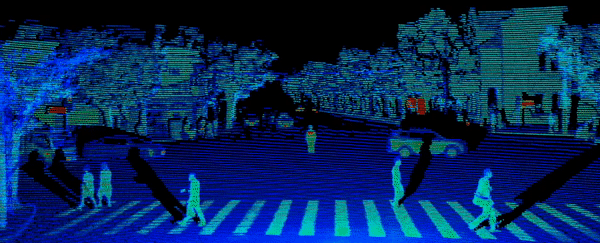
In addition, the point cloud quality of the LiDAR sensor is also required. In driving scenarios, there are extreme conditions such as high-reflective objects, sunlight, and multi-LiDAR interference, which can seriously interfere with the point cloud of the LiDAR sensor, resulting in ghosting, sunlight noise, and multi-LiDAR interference noise.
LiDAR sensor hardware needs to solve these extreme conditions specifically to ensure the output of high-quality point clouds.
Seeing farther and clearer are strong requirements of autonomous driving systems. Greater detection range and more detailed object and obstacle recognition can provide enough judgmental information and more reaction time for people and vehicles, thus improving the safety and comfort of autonomous driving.
Performance and Price Evolution: The LiDAR Sensor is Starting the “Moore’s Law”
Price has always been one of the main factors restricting the large-scale production and adoption of LiDAR sensors.
The core reason why the price of LiDAR sensors is relatively high is that the shipping volume cannot be released, resulting in the failure of the early R&D costs of the LiDAR sensor companies to be effectively shared.
We have always heard something like: if the order volume of LiDAR companies reaches one million, the price of LiDAR sensors can drop below $500.For the solution to reducing the price of LiDAR, the industry has proposed another idea:
According to Li Yifan, CEO of Hesai Technology, “if we can replace the traditional separated architecture of LiDAR with advanced semiconductors, that is, chip technology, the industry will face a new opportunity. In the foreseeable future, costs can be reduced exponentially.”
The object of reference behind this idea is a set of well-established methods in the semiconductor industry to improve performance and reduce costs, the “Moore’s Law,” which means that the cost per unit of performance can be halved every 18 months or so.
Unlike the conventional meaning of a “price war,” reducing the price through “chipification” greatly reduces the steps that originally required manual adjustment, making LiDAR easier to produce on a large scale.
This not only does not sacrifice the performance of the product but also brings a series of improvements in performance: high ranging accuracy, high dynamic range, enhanced channel consistency, enhanced coding, reduced power consumption, enhanced reliability, etc.
AT128 is the product of this guiding ideology. Based on the successful development of the first-generation self-developed chip, Hesai Technology has once again upgraded the architecture and released the semi-solid-state product AT128, aimed at high-level autonomous driving. This product achieves more complete chip coverage, making large-scale production and exponential cost reduction possible.
Li Yifan believes that when LiDAR enters the era of Moore’s Law, significant gains in energy and cost reductions will be possible. In Hesai Technology’s product plan, from now on, the product performance will be greatly improved every two to three years, while costs will continue to decline.
In addition to the price, the performance and reliability of LiDAR products themselves also affect the large-scale application of LiDAR on vehicles.
In communication with LiDAR practitioners, we have found some converging views:
(1) In the process of future autonomous driving evolution, multiple generations of LiDAR products will be iterated, with a cycle of approximately 10 to 20 years.
(2) At present, Hesai AT128 represents a semi-solid-state LiDAR that is the first-generation, mass-producible LiDAR product that meets the safety requirements of high-level autonomous driving. Looking at the current LiDAR market, the LiDAR products that have already been applied or will be mass-produced are mostly developed based on semi-solid-state technology.
(3) In the next 5 to 10 years, a high-performance LiDAR architecture that can be mass-produced and cost-controlled may still be dominated by semi-solid-state technology, and performance and cost will continue to be iteratively improved. At the same time, fully solid-state LiDAR has also appeared in people’s vision. Commercial mass production is expected in the next 10 years, but it will first enter the market as a short-range blind spot fill-in.Currently, more and more automakers have started to recognize the technology route of using LiDAR as a sensor. LiDAR can be a major selling point for products in vehicles, which is more conducive to attracting consumers. From this perspective, automakers will gradually promote LiDAR on vehicles under comprehensive factors such as safety and intelligence.
Starting in 2021, multiple automakers have chosen LiDAR as the main sensor for advanced autonomous driving. In the future, more and more automakers will incorporate LiDAR into their own product perception solutions, which will bring a positive cycle to the LiDAR industry and open up greater market space.
With the mass production and installation of LiDAR on vehicles, the golden age of LiDAR is also coming.
This article is a translation by ChatGPT of a Chinese report from 42HOW. If you have any questions about it, please email bd@42how.com.
